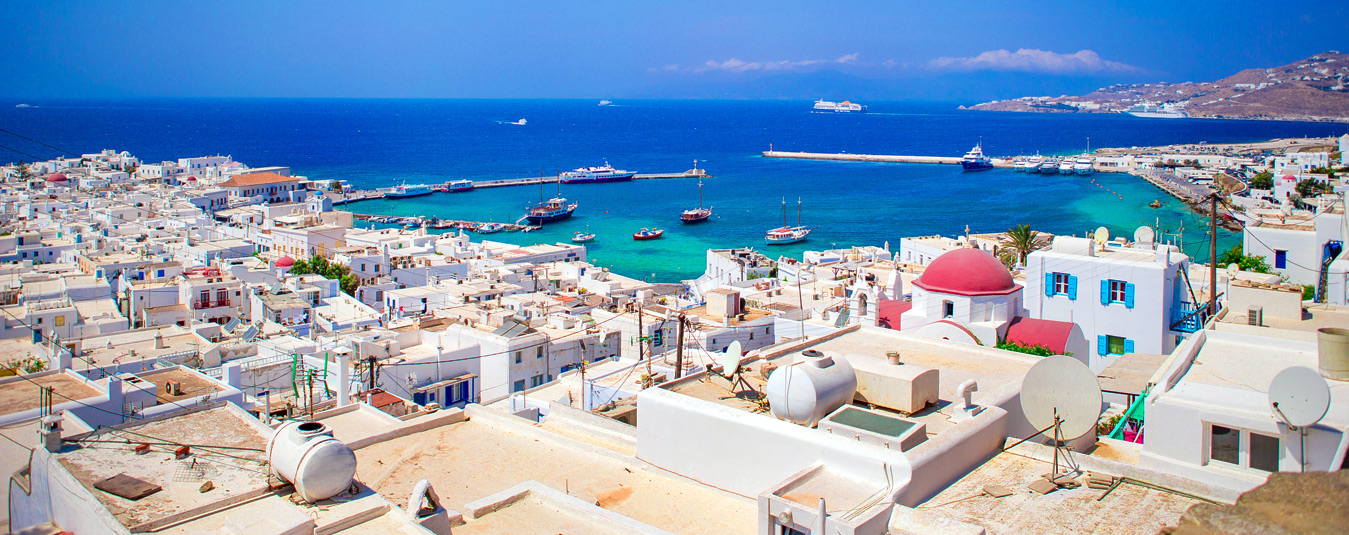Europe is no doubt one of the best travel destinations you can visit around the year. But for the best experience, summer is the best time to visit Europe (June to August). Keep in mind that Europe is mainly located in the temperate belt of the earth. Thus, the best time to visit Europe weather alters with every leap of a mile. There are five zones in Europe, so let’s check them out one by one.
The best time to visit Northern Europe is from March to May, the spring season. Located near the Arctic Circle and the North Pole, this region gets cold summers and even colder winters. The countries in northern Europe like Sweden, Norway, Denmark, Finland, and Iceland. Varied landscapes dominate western Europe, with mild summers and cold winters. Netherlands and Monaco are warmer while Ireland, Socalnd, France, England, and Belgium are colder, which makes summer the best time to visit western Europe.
March to May is the spring season and is the best time to visit central Europe. Germany, Switzerland, and Austria look beautiful when the snow melts away in the springtime. The average temperature during spring is around 18°C. The best time to visit southern Europe is spring (March to May) and autumn (October to Novembre). Countries including Spain, Portugal, Italy, Greece, Croatia, and Andorra look exceptionally beautiful during this time and become a tourism paradise.
Last but not least, thebest time to visit eastern Europe is from June to August, i.e., summer. The countries of Hungary, Czech Republic, Poland, Russia, Ukraine, and Slovakia invite tourists to enjoy its mild weather and explore the top attractions for a memorable holiday. If you wish to know more, we have prepared the best time to visit Europe weather-wise. Book Europe tour packages with Indian Holiday, which are customizable.

